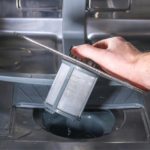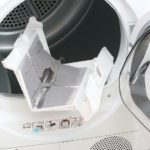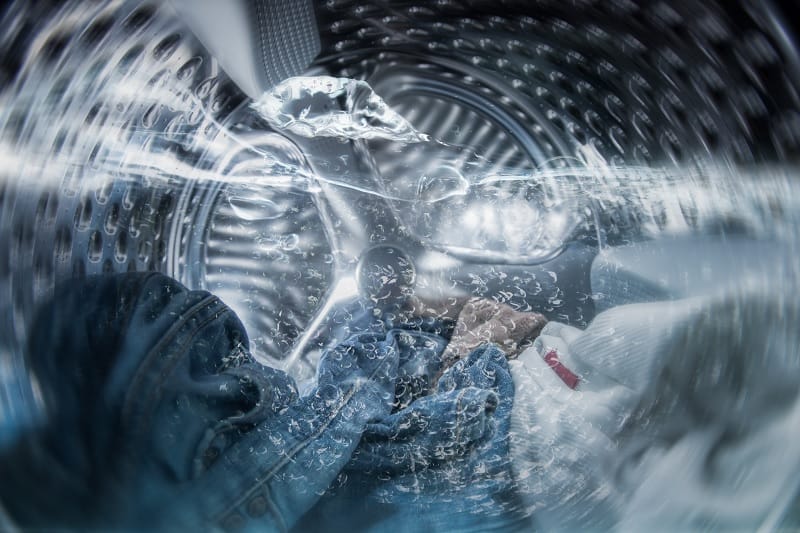A blockage in a washing machine pump can cause all manner of issues, most commonly that your laundry will still be soaking wet at the end of the cycle.
If your washing machine has suddenly developed this problem or even another one, the cause of your woes could very well be in the washing machine pump’s filter.
Why Do Washing Machines Have a Filter?
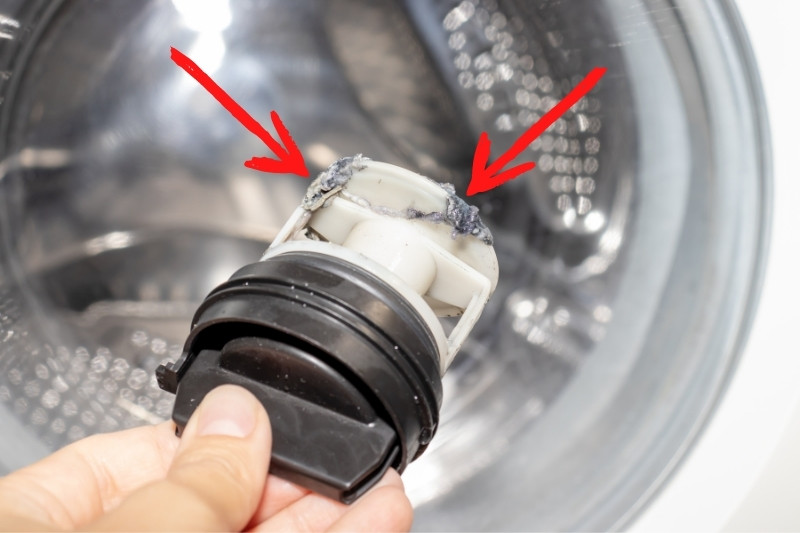
The filter is designed to protect the inside of the pump from lint, odd socks, and all other kinds of debris and obstructions that end up in your washing machine. The filter is designed to catch these objects so that they do not damage the pump itself.
Sometimes, the offending object will end up blocking the pump, stopping it from spinning. If this happens, you’ll find that your laundry doesn’t dry properly, or you might hear concerning noises during the cycle.
Some washing machines might even flash an error to let you know that there’s an issue with the pump.
Not all modern washing machines have a filter, however. Some modern machines have self-cleaning pumps, and as a result, the pump doesn’t need to be accessible.
If your washing machine doesn’t have a filter but you are experiencing issues, check the manufacturer’s guide that came with the machine.
Where Is the Filter on a Washing Machine?
The filter on the typical front loading washing machine is at the bottom at the front. It will either be obvious, or hidden behind the kick strip.
To access the filter, you will need to remove the kick strip, but this should be done carefully as they are often quite flimsy and brittle.
Some new models might not have a filter that is directly accessible as they are designed to self-clean. If you are experiencing issues and need to drain the washing machine, you should still have a drain hose at the back of the machine.
If you have a top-loading washing machine, the exact location of the filter will depend on the age of the machine in question.
Many old top loaders will also have the filter at the bottom on the front of the washing machine. Some newer top loaders, however, have self-cleaning filters that are underneath the agitator.
How to Remove the Filter From a Washing Machine
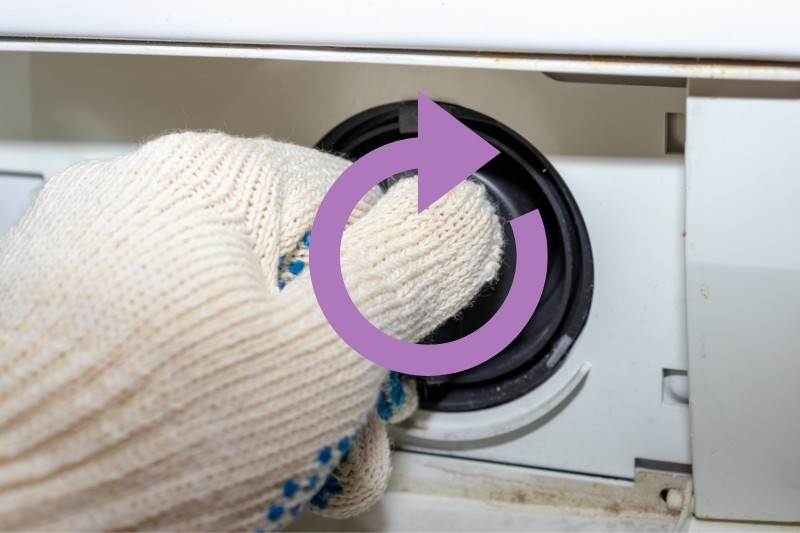
Once you have taken off the kick strip and have access to the filter, you should be able to simply unscrew it in an anti-clockwise direction.
If the machine is new or the filter has never been taken out, it might be stiff. On some machines, you might find it easier to take the filter out if you pull the machine forwards and tilt it back slightly.
If you are taking out the filter because something is caught in it, it might be jammed. In this case, you will need to take out the main sump hose that leads into the pump and remove the obstruction from there before you can take out the filter itself.
Before you start
Before starting to take out the filter, make sure you put a large towel underneath the front of the machine. Even if the drum looks empty, it is likely that there will still be water in the machine and this can easily end up all across your floor.
In the case that there is likely a lot of water in the washing machine, open the filter slowly. The water will start to trickle out which will allow you to control the flow. If you just take the filter straight out, the water will flood out uncontrollably.
Cleaning the Filter
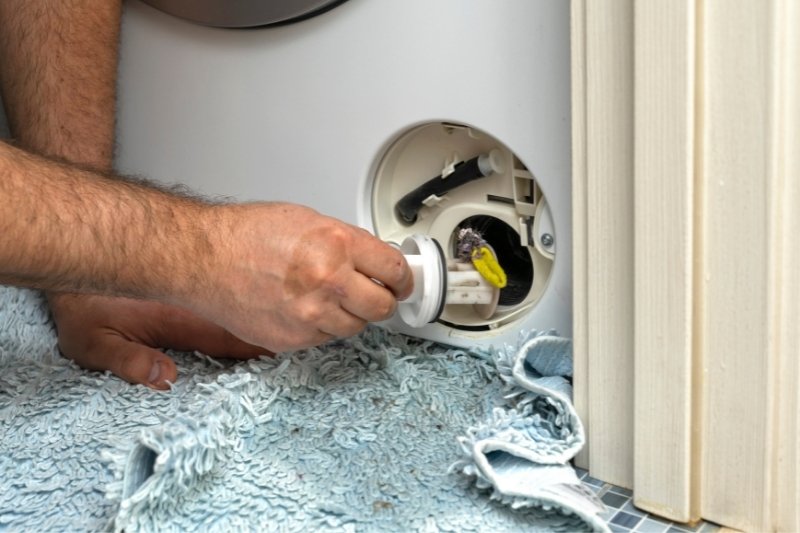
Once you have taken the filter out, you can check for obstructions. Sometimes it might be obvious; it could be a hair pin, a coin, or just a build-up of lint that is causing the problem. In these situations, you just need to remove the obstruction and rinse the filter under a tap before replacing it in the machine.
If you can’t see the problem, shine a torch into the pump in the washing machine to make sure there isn’t something tangled around the pump’s propellers.
Carefully inspect the space where the filter sits for obstructions that are tucked away out of sight; items such as hair pins or bra wire can easily hide just out of sight and still cause a problem.

Lover of coffee, painting, and all things cute and fluffy. I’m always on the lookout for easier, more gentle ways to tackle awful household chores.

